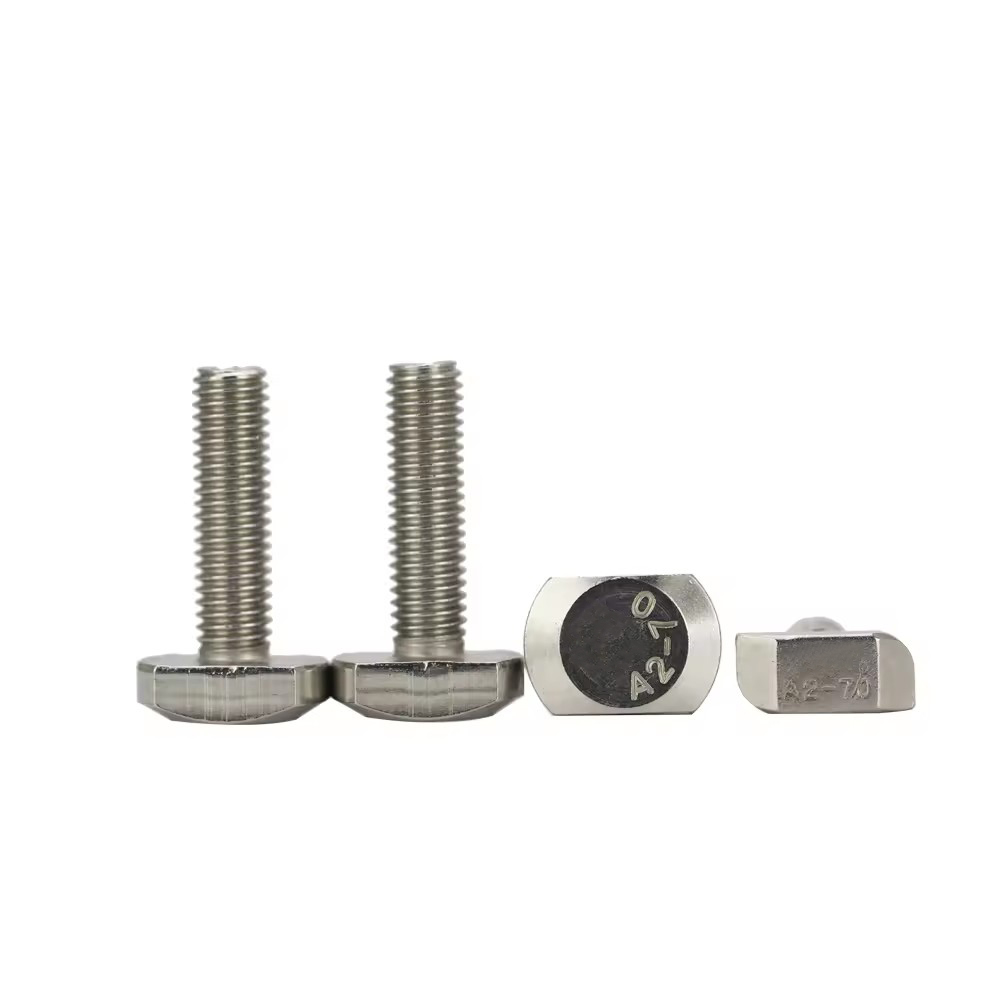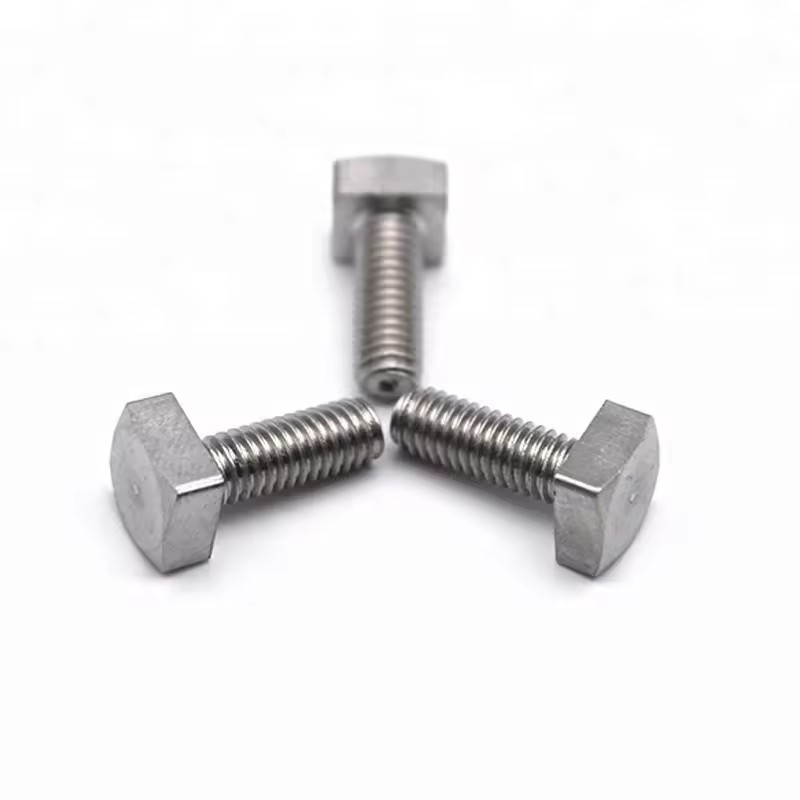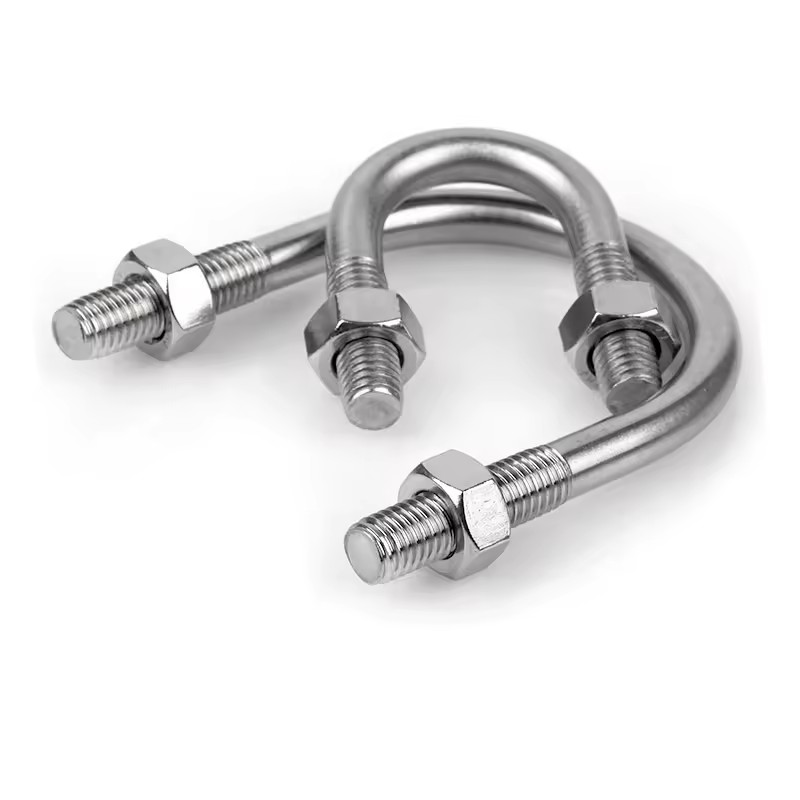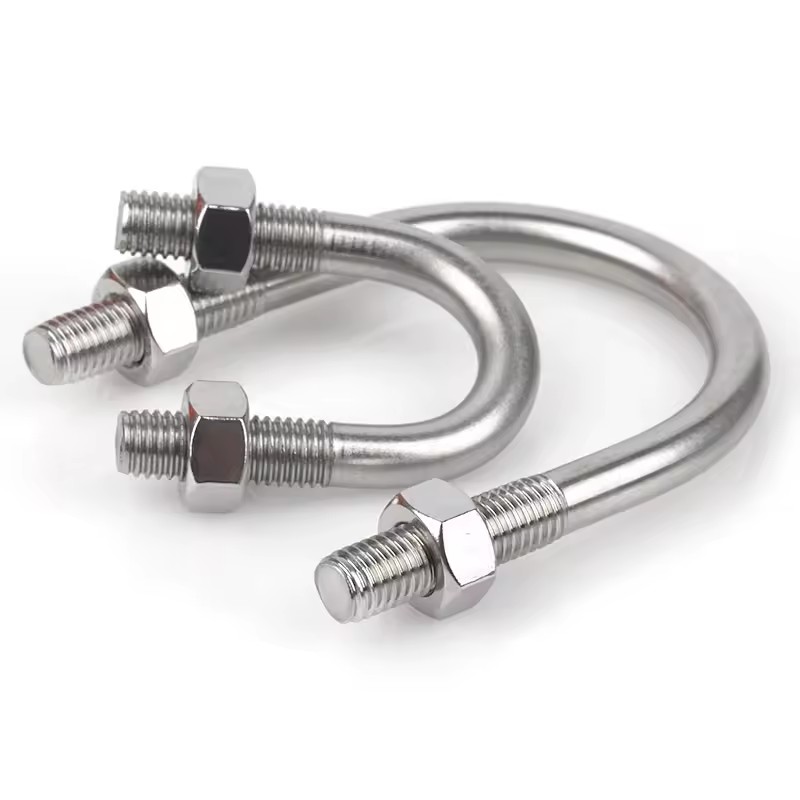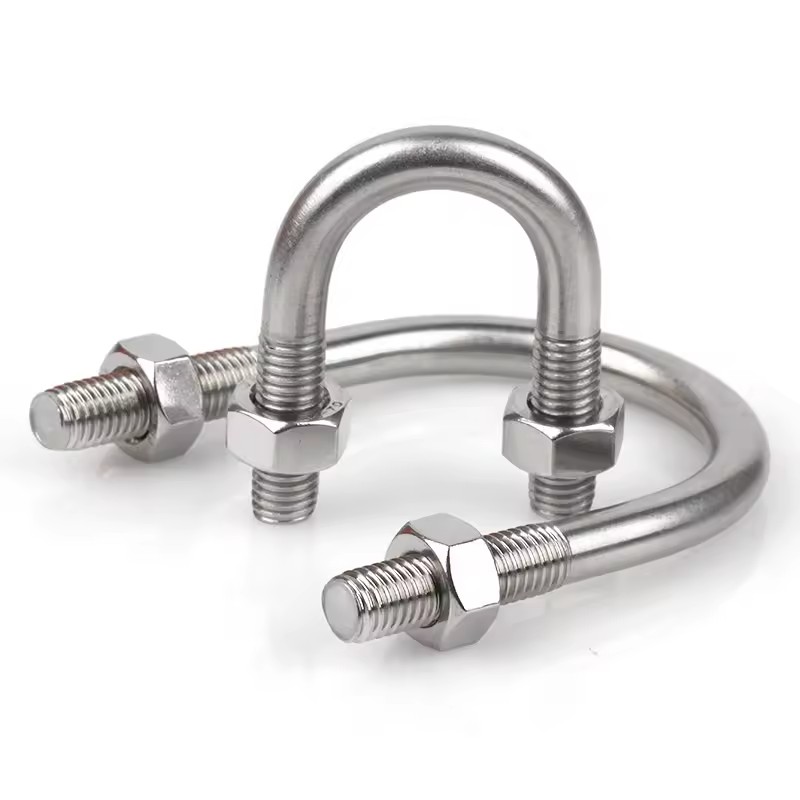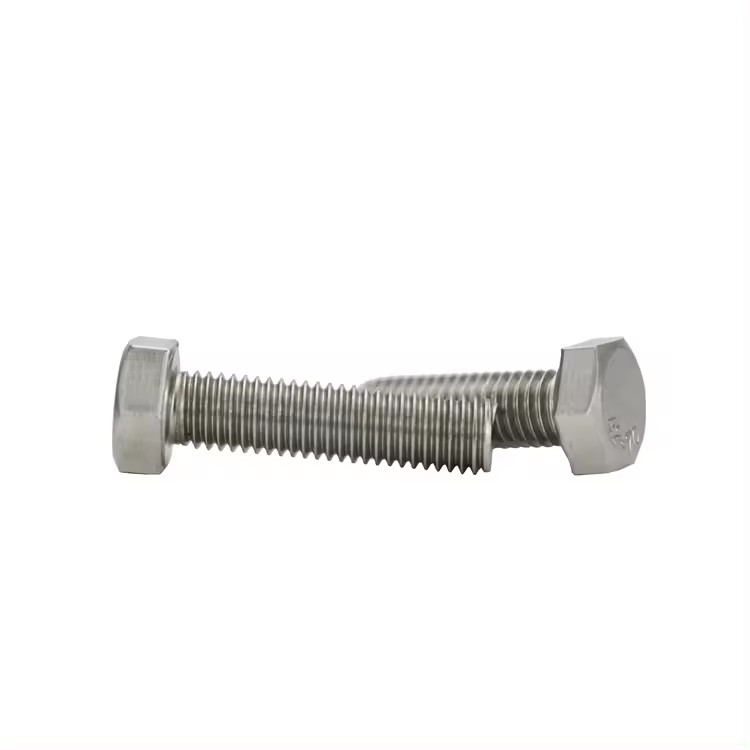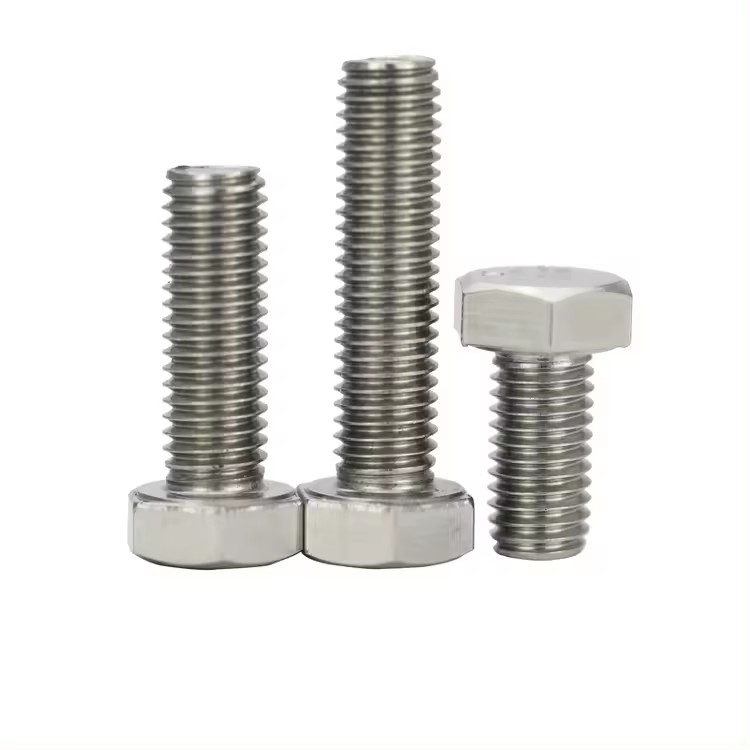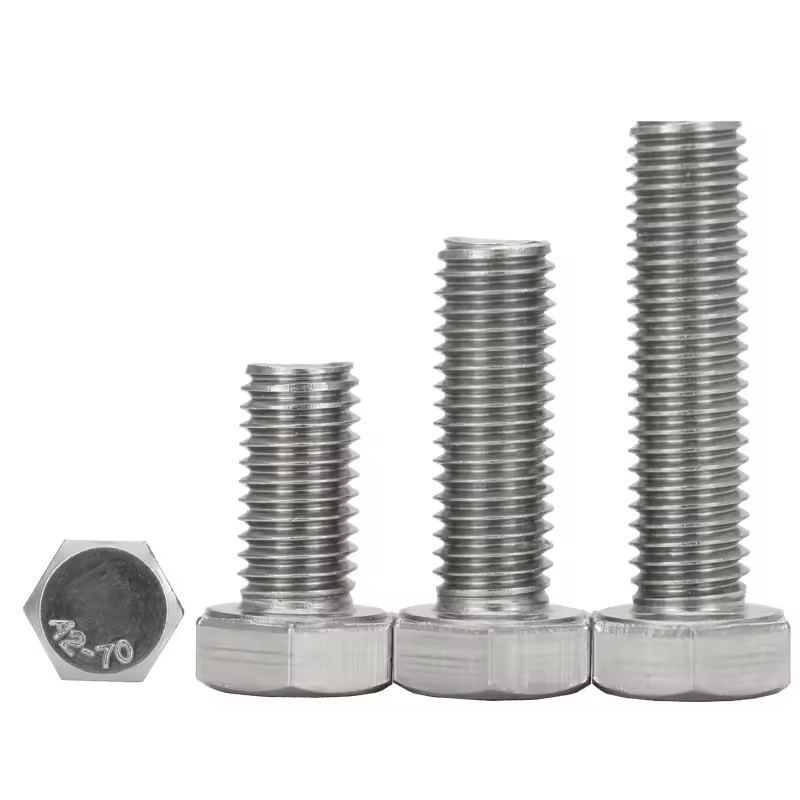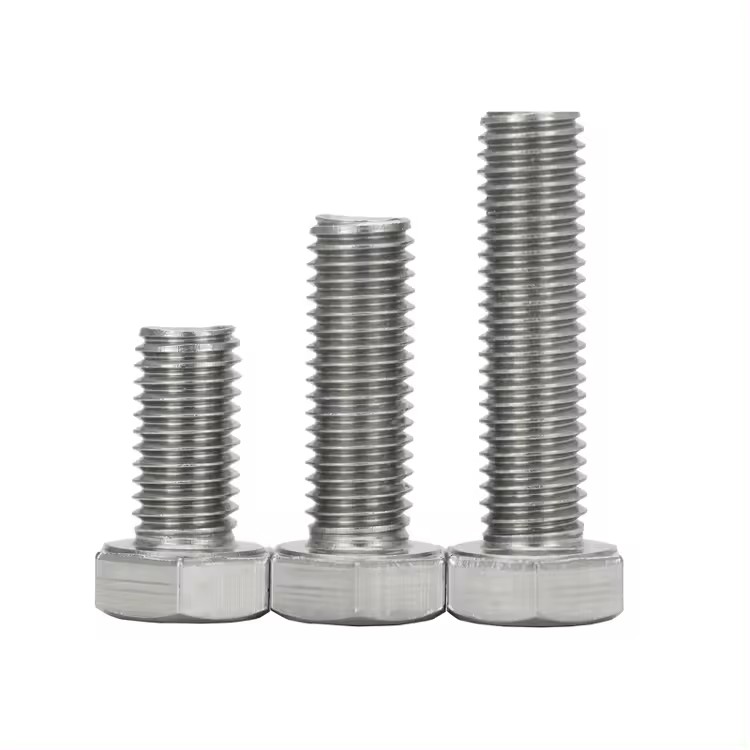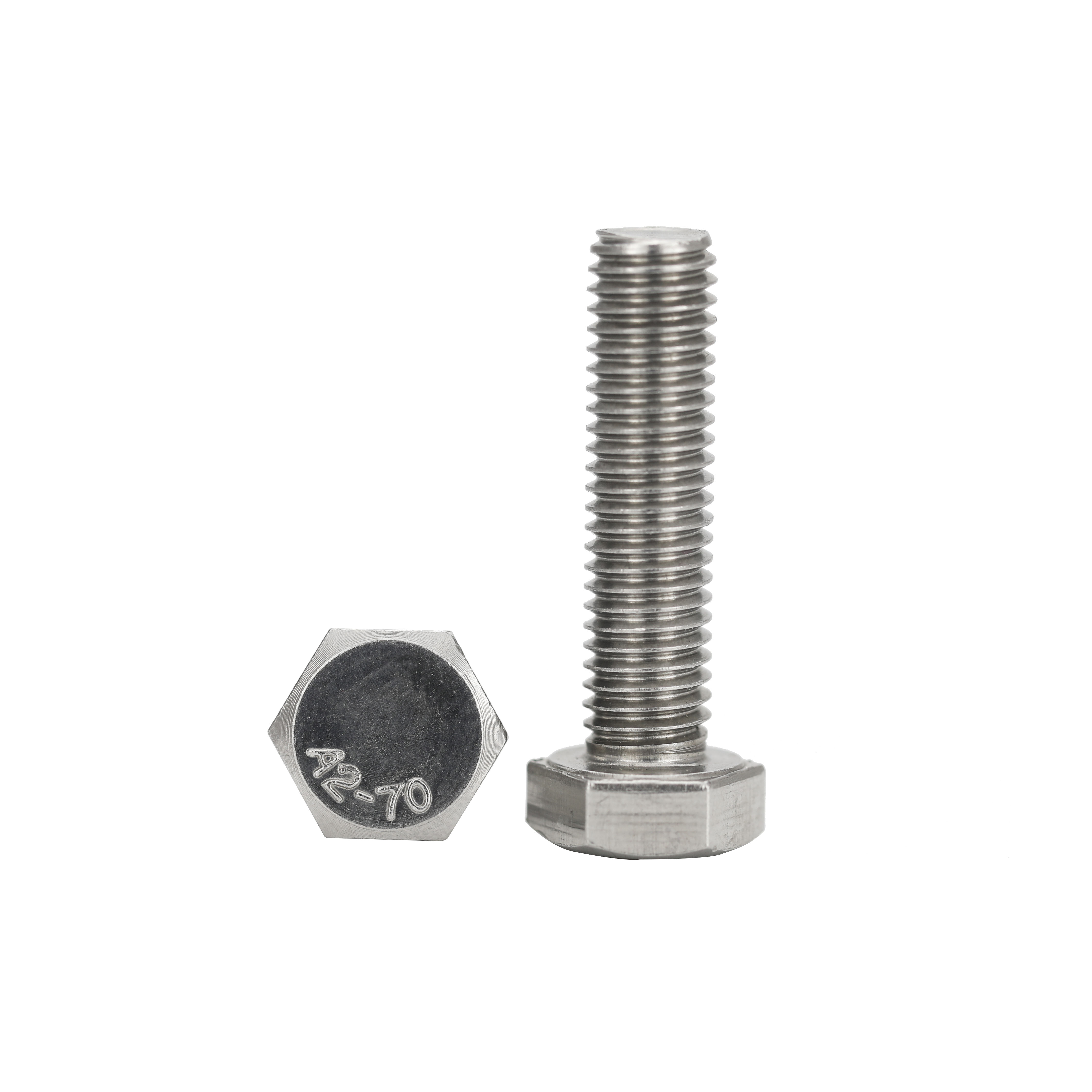Heavy machinery is at the heart of modern industry, from construction and mining to manufacturing and transportation. These machines are designed to handle extreme forces, perform repetitive tasks, and operate in challenging environments. Ensuring their safe operation is critical, not only to protect equipment but also to safeguard the people who operate them. One of the often overlooked yet crucial components contributing to heavy machinery safety is the hex bolt.
Understanding Hex Bolts
Hex bolts, named for their six-sided heads, are a type of fastener used to join two or more components together. They are commonly paired with nuts or threaded holes and are designed to provide strong and stable connections. Hex bolts are manufactured in various sizes, materials, and grades to accommodate different applications. Their versatility makes them a standard choice across multiple industries.
Hex bolts differ from other fasteners in several ways. First, the hexagonal head allows for easy installation using standard wrenches or sockets. This design distributes torque evenly, reducing the risk of rounding off the head during tightening. Second, hex bolts are capable of handling high levels of tension and shear forces, which are common in heavy machinery applications. Finally, the variety of materials used, including carbon steel, alloy steel, and stainless steel, allows hex bolts to withstand harsh environmental conditions, such as moisture, heat, and chemical exposure.
The Importance of Fasteners in Machinery
Before exploring the specific role of hex bolts, it is important to understand the broader significance of fasteners in heavy machinery. Fasteners hold critical parts together, maintain alignment, and ensure structural integrity. Even minor failure in a fastener can lead to cascading issues, such as mechanical breakdowns, production delays, or even workplace accidents.
For example, consider a large industrial press. The press relies on precisely aligned components to generate force evenly. A loose or weakened bolt could cause parts to shift, leading to uneven pressure and potential damage to the machine or operator injury. Hex bolts, when properly selected and installed, help prevent these risks by providing reliable and secure fastening.
Hex Bolts and Load Distribution
One key aspect of hex bolts in machinery safety is their ability to distribute loads evenly across connected parts. Heavy machinery components often experience significant forces during operation. These forces can include tension, compression, and torsion, which create stress points in the structure. Hex bolts are designed to resist these stresses, helping maintain alignment and preventing deformation or failure of the components.
Proper load distribution also reduces wear and tear on machinery. When stress is unevenly applied, parts may experience accelerated fatigue, leading to cracks or fractures over time. Hex bolts, especially those with high-grade material and precise threading, ensure that loads are shared evenly, extending the service life of both the fastener and the machinery.
Material Selection and Durability
The material of a hex bolt plays a vital role in its performance and safety. Heavy machinery often operates under extreme conditions, including high temperatures, vibration, and exposure to corrosive substances. Choosing the right material ensures that bolts maintain their strength and integrity throughout their service life.
Carbon steel hex bolts are widely used due to their strength and cost effectiveness. Alloy steel bolts provide even higher tensile strength and are suitable for applications with heavy loads. Stainless steel hex bolts offer excellent resistance to corrosion and are preferred in environments with moisture or chemicals. Selecting the appropriate material based on the operating conditions of the machinery is essential to prevent fastener failure and maintain overall safety.
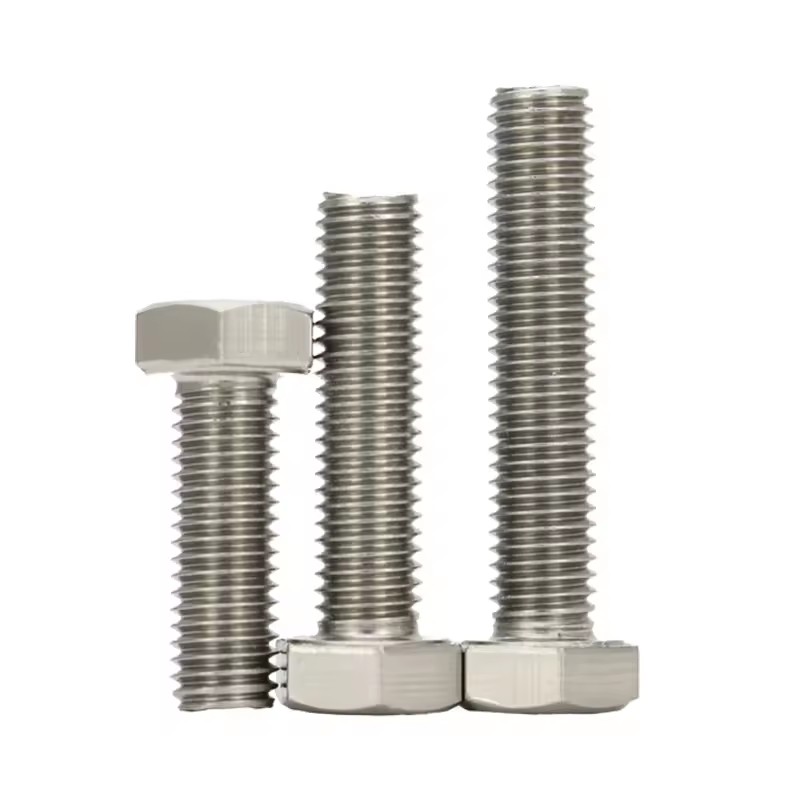
Correct Installation Practices
Even the strongest hex bolt cannot ensure safety if it is installed incorrectly. Proper installation involves several key considerations, including torque, alignment, and thread engagement.
Torque: Applying the correct torque is critical for hex bolts. Too little torque can result in loose connections that may fail under load. Excessive torque can damage the bolt or the connected parts, reducing their strength. Torque specifications are typically provided by machinery manufacturers or engineering standards, and they must be followed precisely.
Alignment: Ensuring that components are properly aligned before tightening hex bolts helps avoid uneven stress and potential deformation. Misalignment can compromise the performance of the machinery and accelerate wear on both the bolts and the connected parts.
Thread engagement: Hex bolts must be fully engaged with nuts or threaded holes to maximize their strength. Insufficient engagement can reduce the load-bearing capacity and increase the risk of failure. Proper installation techniques and inspection practices are essential to verify that bolts are correctly seated and tightened.
Maintenance and Inspection
Regular maintenance and inspection of hex bolts are crucial for ongoing machinery safety. Vibration, thermal cycling, and repeated loading can cause bolts to loosen over time. Routine checks can identify signs of wear, corrosion, or loosening before they lead to equipment failure.
Visual inspections: Look for signs of rust, deformation, or damaged threads. Bolts showing visible wear should be replaced promptly.
Torque checks: Periodically rechecking torque levels ensures that bolts maintain the required clamping force.
Replacement schedules: High-stress applications may require more frequent replacement of hex bolts to prevent fatigue-related failures. Following manufacturer guidelines and industry best practices for replacement schedules helps maintain safety standards.
Safety Implications of Hex Bolt Failure
The consequences of hex bolt failure in heavy machinery can be severe. Loose or broken bolts may cause mechanical misalignment, leading to malfunction or collapse of critical components. In addition to equipment damage, bolt failure poses significant risks to operators and personnel in proximity. Injuries from falling parts, machine jams, or sudden equipment movement are all possible outcomes.
By contrast, properly selected, installed, and maintained hex bolts significantly reduce these risks. They provide the stability and reliability necessary for safe machinery operation, ensuring that heavy equipment performs as intended even under extreme conditions.
Innovations in Hex Bolt Design
Manufacturers continue to improve hex bolt design to enhance safety and performance. Advances include:
High-strength alloys: New materials allow bolts to withstand greater loads without failure.
Coatings and treatments: Corrosion-resistant coatings, such as zinc plating or black oxide, extend the service life of bolts in harsh environments.
Precision threading: Improved thread design ensures better engagement and load distribution, reducing the likelihood of loosening.
Locking mechanisms: Integrated features, such as lock washers or thread-locking compounds, prevent bolts from loosening due to vibration.
These innovations contribute to safer, more reliable heavy machinery operation and reduce maintenance needs over time.
Case Studies and Real-World Applications
Hex bolts are used extensively across various heavy machinery applications, demonstrating their importance in safety:
Construction equipment: Excavators, bulldozers, and cranes rely on hex bolts to secure structural components and hydraulic systems. Proper fastening prevents mechanical failures and ensures operator safety.
Manufacturing machinery: Presses, conveyors, and milling machines require hex bolts to maintain alignment and withstand repetitive forces.
Agricultural equipment: Tractors and harvesters use hex bolts in joints and structural assemblies to cope with uneven terrain and high loads.
Mining machinery: Equipment such as drills and crushers operates in extreme conditions, where hex bolts provide reliable fastening that prevents catastrophic failures.
In all these cases, the selection, installation, and maintenance of hex bolts directly impact the safety and longevity of the machinery.
Conclusion
Hex bolts are more than just simple fasteners. They are essential components that contribute to the safe and reliable operation of heavy machinery. By providing strong connections, distributing loads evenly, and resisting environmental challenges, hex bolts help prevent mechanical failures and protect operators.
Ensuring safety requires careful attention to material selection, proper installation, and ongoing maintenance. Regular inspections, torque checks, and timely replacements are critical for sustaining machinery performance and reducing risks.
Advancements in hex bolt technology continue to improve durability, strength, and reliability, reinforcing their role as a cornerstone of heavy machinery safety. For anyone involved in the operation, maintenance, or engineering of heavy equipment, understanding and prioritizing the use of hex bolts is a practical and effective strategy for ensuring safety and operational efficiency.


